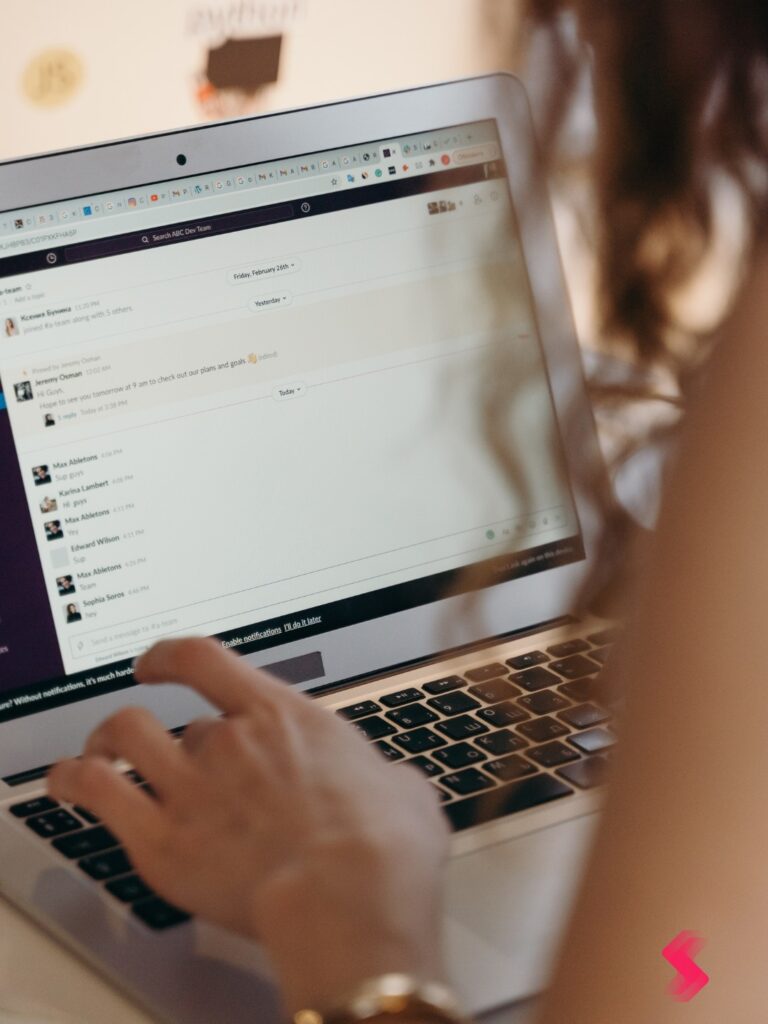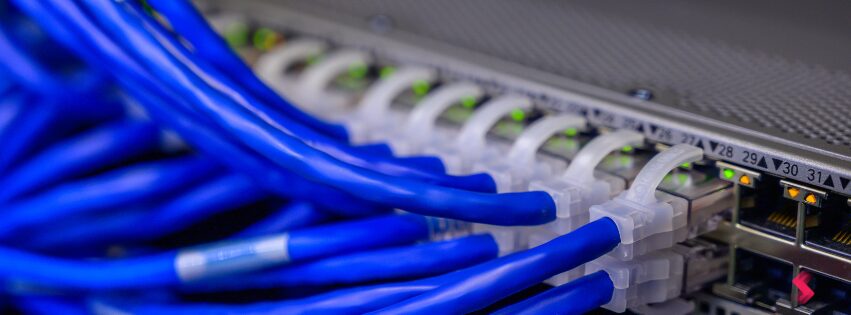Enhancing School Communications with Secure Email
Find clear, concise answers to frequent questions about our secure school communication platform.
What is the purpose of the School Contact Initiative?
It establishes a secure, role-based email system to improve communication between students, parents, and educators.
Who can participate in the School Contact Initiative?
Students, parents, teachers, and administrators from elementary through high schools nationwide.
How does the platform protect user privacy?
By using standardized, role-based emails and secure protocols that comply with educational privacy laws.
What are the benefits for schools joining this initiative?
Improved transparency, streamlined communication, and enhanced trust within the educational community.
Enhancing Communication for Safer, Transparent School Connections

Secure Role-Based Email Setup
Our platform delivers a standardized email system that protects privacy while streamlining school communication efficiently.
Privacy and Compliance Assurance
We ensure all communications meet educational privacy standards, fostering trust among parents, students, and staff.
Community Engagement Made Easy
Our system enables transparent messaging that strengthens relationships and encourages active participation across school communities.
Secure Role-Based Email for Schools
Explore valuable tools and guidelines to improve communication within the school community.
Getting Started
Understand the basics of how our standardized email system works for all users.
Privacy & Compliance
Learn about the privacy protections and regulatory standards upheld by the platform.
Getting Involved
How to Bring the School Contact Initiative to Your School.

